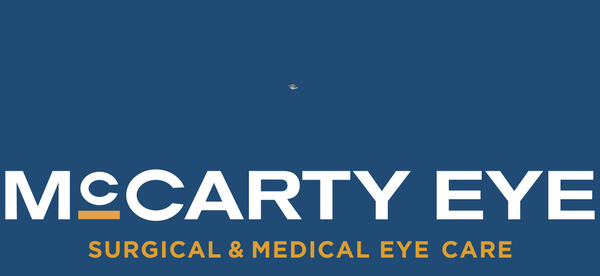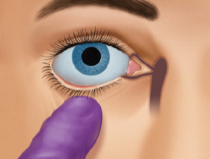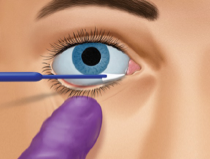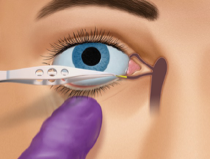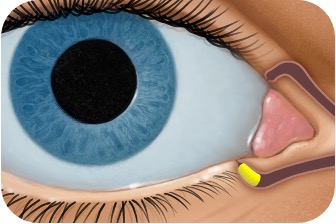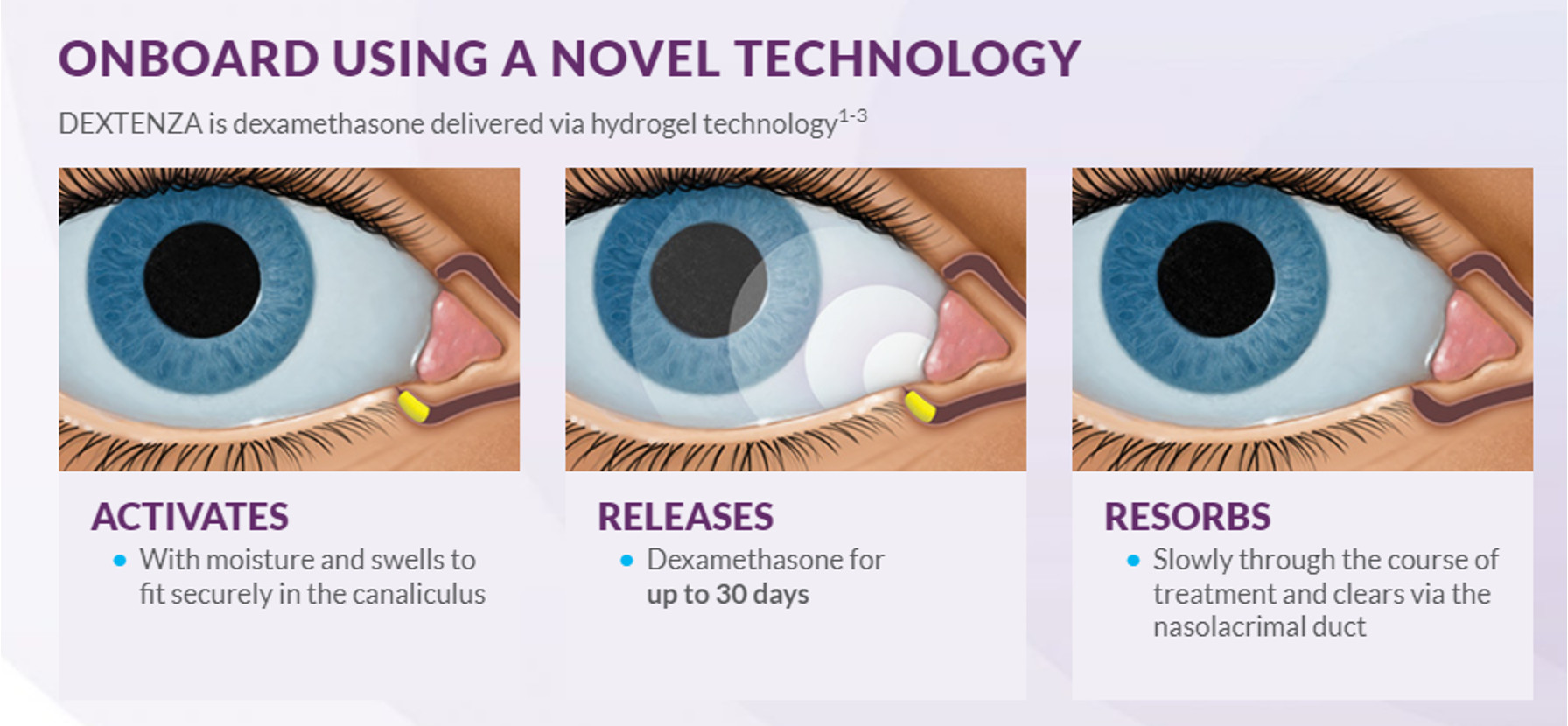Traditional cataract surgery typically requires one or more eyedrop medications to be used after surgery for 3-4 weeks or longer. These drops include an antibiotic, a steroid, and often a nonsteroid anti-inflammatory medication.
Many patients have difficulty instilling eyedrops and the drop regimen can be confusing as there are typically multiple different drops that require a different dosing schedule. Also, many of the medicated eyedrops cause irritation to the ocular surface creating a burning sensation. They can aggravate dry eyes and make the eyes red or feel like there is something in the eye.
At McCarty Eye, we do everything we can to make cataract surgery as easy as possible for our patients. Several years ago, we began using an antibiotic that is put in the eye at the time of surgery eliminating one of the post op eyedrops. This technique has also been proven to be much more effective at reducing infections by a multitude of studies and is now routine practice around the world.
How it works
Today, with the advent of Dextenza®, an eyelid insert that delivers a steroid medication to the eye over a 30 day period, we can eliminate all medicated eyedrops after surgery. The Dextenza® insert is placed in the tear drainage canal of the lower or upper eyelid while the patient is still in the operating room. The insert is composed of a hydrogel that is impregnated with dexamethasone, a great steroid to use after cataract surgery to decrease pain and inflammation. The dexamethasone is released in a tapering fashion over 30 days and the hydrogel fully dissolves after 60 days.
After Surgery
By placing the insert in the tear draining canal, tears do not drain from the ocular surface as quickly. This can be very beneficial for dry eye patients giving them more relief from their dry eyes during the healing time after surgery. In some patients, this can cause more tearing for a temporary period of time until the hydrogel fully dissolves.
Dextenza® is not covered by all insurances, but if you are interested in this technology, please ask Dr. McCarty or his surgery coordinator.
